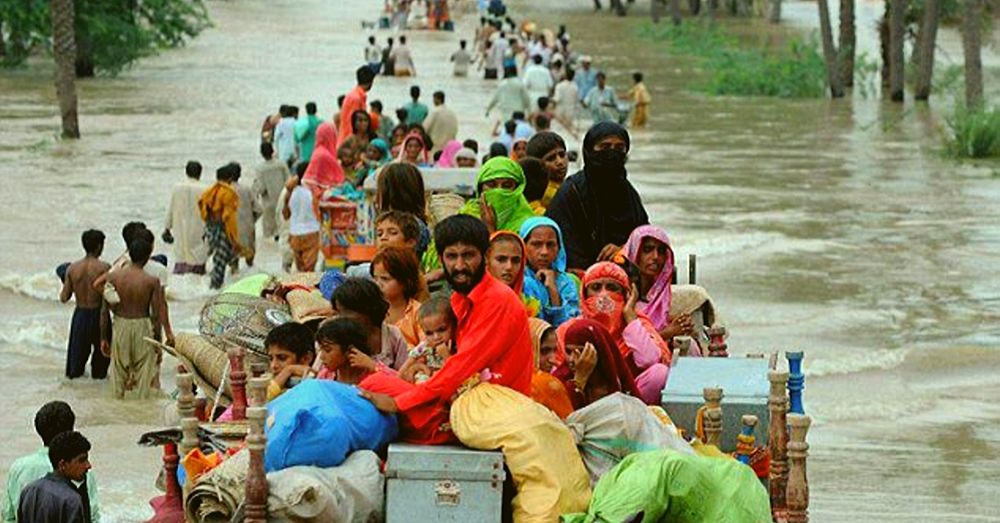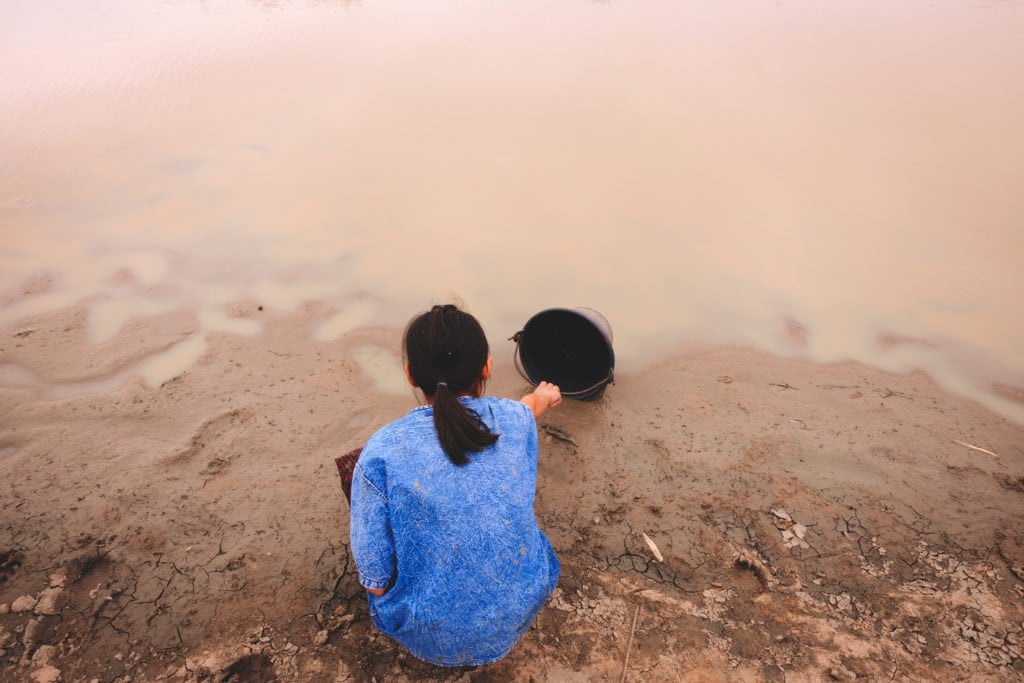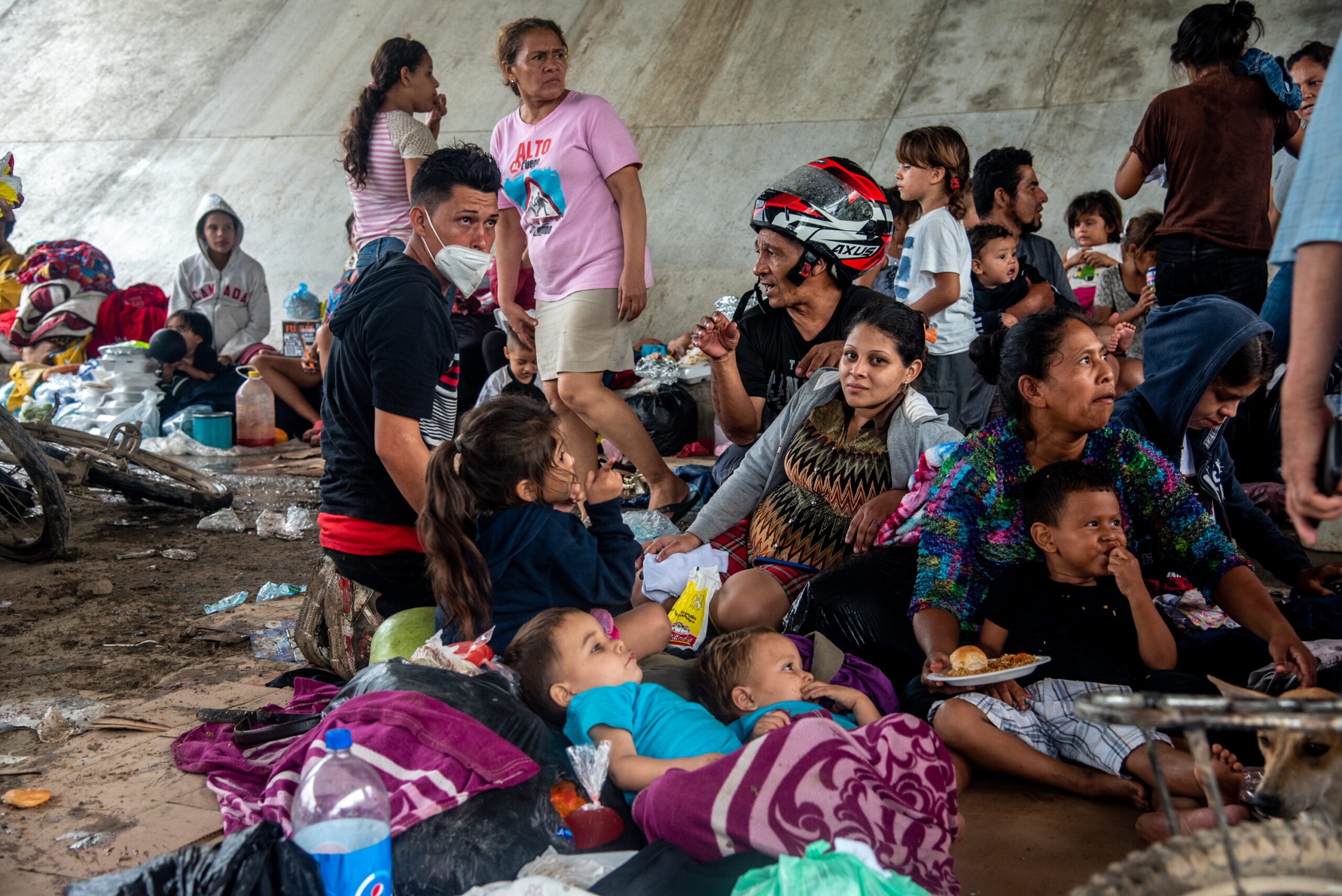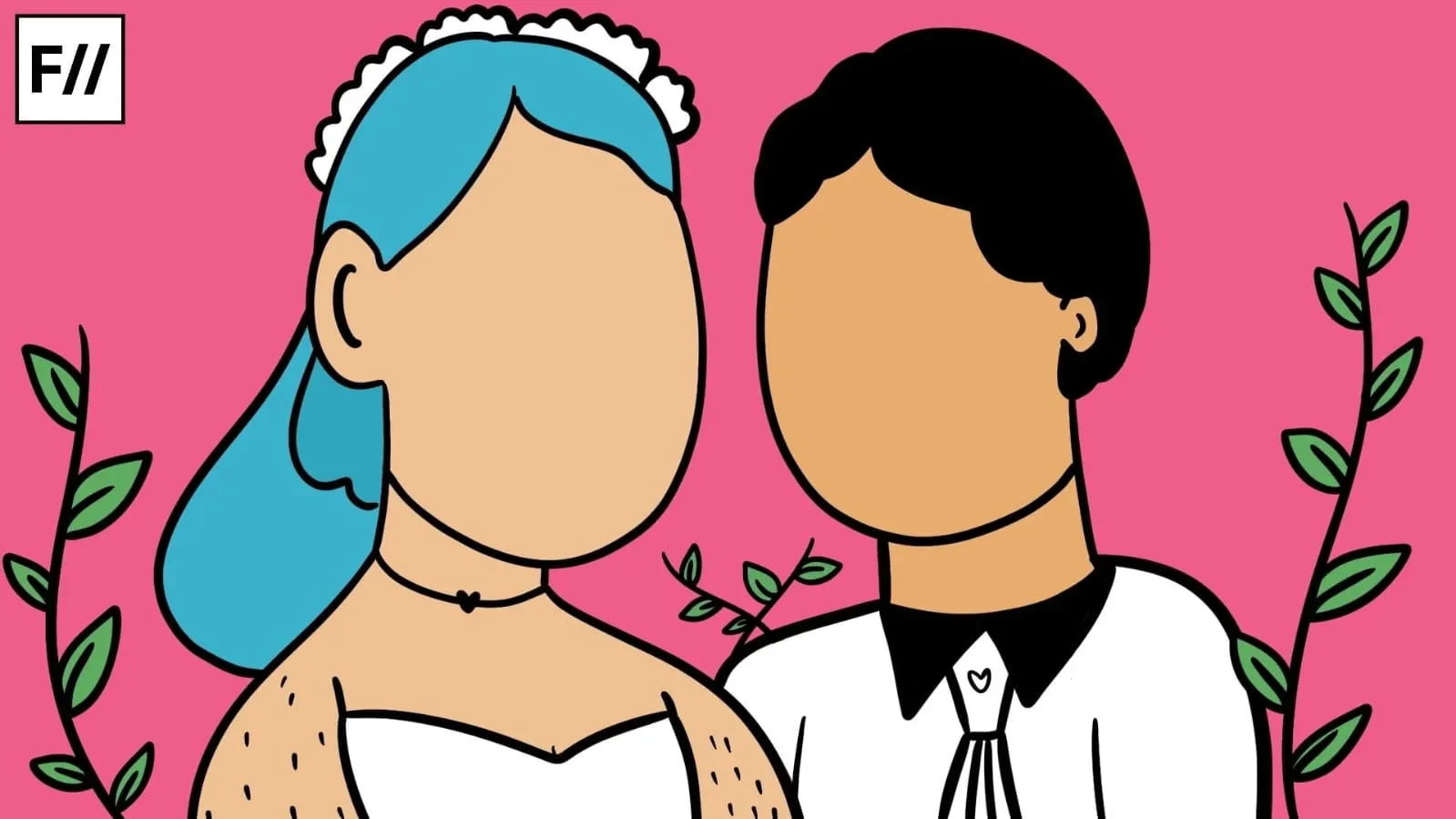Climate change is a global phenomenon that affects each one of us. Though the existing inequalities in society exacerbate the impact of climate change on different sections of society. The rich find a way to cash out from climate change while the poor struggle to live another day, in the same way, the patriarchal system imposes a power relation between nature and women.
Women are disproportionately affected due to various reasons that stem from archaic institutions. They are given unequal access to resources and are not included in the decision-making process which paralyses their right to live. Women are thus more vulnerable to climate injustice due to gender disparity.
Climate injustice can be defined as the inequality of sharing the burdens of climate change. It can be simply understood in the way the Global South is facing the worse impacts of climate change without even contributing to it as much as the Global North. There is also a need to dissect climate injustice and examine the concurrent impacts based on the intersectionality of gender, caste, wealth, race, and social positions.
Climate refugees: looking beyond nomenclature and accepting the truth
It is shocking that despite enough proof that climate-induced displacement does exist the term ‘Climate refugees,’ is highly contested and not legally accepted. The 1951 Refugee Convention defined a refugee as ‘someone who is unable or unwilling to return to their country of origin owing to a well-founded fear of being persecuted for reasons of race, religion, nationality, membership of a particular social group, or political opinion.’ Here, climate change is not considered one of the reasons that forces one to leave the country.
Climate refugees, on the other hand, are contrived to leave their homes and move to another country as a result of natural disasters, loss of livelihood or extreme climatical conditions. When we are denying them recognition, we are denying that climate change is an anthropogenic phenomenon and so denying them justice.

In the future, with increasing heat and fast-melting glaciers, the water level is slowly rising. There is an eight–nine-inch increase in global mean sea level since 1880. There is a risk that many island nations will completely submerge which would result in a large-scale displacement of people to other countries.
With the rising peril of natural disasters, it is pertinent that climate refugees be recognised and given due justice. Scientists predict that by 2050 there will be 200 million climate refugees. It becomes imperative that their hardships be recognised and brought into mainstream policy issues.
Women and climate refugees: understanding the structural inadequacies
According to UN Environment, 80 per cent of the displaced population due to climate change are women. This data is rather worrying but there can be plenty of reasons why people choose to move which is why data on climate refugees cannot be taken at face value. There is however a general trend towards the masculinisation of climate refugees, due to its orthodox relation to livelihood and economic conditions. It is necessary to look beyond the data as it fails to capture the plight of climate refugees.
The condition of women in concentration camps is an open secret. Historically, women have been subjected to sexual violence and torture in such places. In the Philippines when Typhoon Haiyan displaced 4 million people in 2013, most of the women and children were sexually exploited and trafficked.
It is further found that climate change is leading to more armed conflicts, in Africa a 1 per cent increase in temperature leads to a 4.5 per cent increase in internal conflicts. As the resources are becoming scarce the engrained animosity between various groups often comes about and shapes into a conflict. This will again result in large-scale displacement causing the refugees to be exploited.

In many developing countries which are facing extreme climate changes, the men are forced to move out and find jobs, leaving behind the women and children. As a conformist perception of women as the primary caretaker of the family, they are left to face the jarring climate.
Due to increasing water scarcity, women are also having a hard time walking distances to collect water in several Asian and African countries. Furthermore, the crunching of the livelihood source causes families to cut down expenses which often leads to the girl child not getting any education. Poverty engulfs them leading to malnutrition and worsening health conditions.
Women do not have economic independence causing them to be more vulnerable to natural disasters. They are often left behind to adapt to the changes and reconstruct the family. Women and children are 14 times more likely to die in a natural disaster. In the 2004 Asian Tsunami, 70 per cent of the people who died were women and in the 2014 Solomon Island flood, 96 per cent of the people who died were women.
Need for inclusive policies
With the existing debate around the issue of referring people who are displaced due to climate change as climate refugees or as climate migrants, the issue becomes rather sensitive. Climate change is an inexorable phenomenon and one which is caused by direct or indirect actions of humans. Whether people choose to leave their homes or are forced to leave, varies according to the situation. Social dimensions conspicuously shape the situations in which people have to self-exile. So, it becomes necessary that the displaced people be taken into the ambit of policy-based solutions. It is also important to consider Internally Displaced Persons (IDP) as they also face harsh conditions even if it is their own country.
Gendered outcomes of displacement disable women more ravenously than men. Women are more dependent on natural resources for their livelihood as they are often employed in farms, tea estates, orchards, Etc.
A natural disaster diminishes their source of income and the onus of the well-being of their children falls on their shoulders. Experiences of men and women vary under climate crisis and so it is vital that policies also focus on differentiating various needs.

Climate change-induced displacement leads to an overall worse impact on women. In order to combat this, it is necessary that more women be inducted into the decision-making process. It is found that females have more cognisance and concern regarding climate change.
Thus, an increased female representation in governance can be used as a tool for addressing not only climate change but also removing gender inequality. Lastly, it goes without saying that without gender justice there will not be climate justice.
References
- Astghik Mavisakalyan, Y. T. (2019). Gender and climate change: Do female parliamentarians make a difference? European Journal of Political Economy, 151-164.
- . Babacan, H. (2021). Women and Economic Dimensions of Climate Change. Economic Effects of Natural Disaster, 77-95.
- Wilson Center. (2018). Women on the Front Lines of Change: Empowerment in the Face of Climate and Displacement. Washington DC: Wilson Center.
- Lindsey, R. (2022, April 19). Climate Change: Global Sea Level. Retrieved from Climate.gov.
- OHCHR. (2022, July 12). Climate change exacerbates violence against women and girls. Retrieved from United Nations.
- Rintaro Hosokawa, M. K. (2022, May 2). Climate refugees: The world’s silent crisis. Retrieved from Nikkei Asia.
- Taha, E. (2022, June 9). Call Them What They Will Be? The Debate On “Climate Refugees”. Retrieved from Consilience.
- UNHCR. (n.d.). The 1951 Refugee Convention.






Article writen by Vishakha G .is in capsule form with west globe comprehensive plight , mostly global warming which raise water of ocean .which turns local people to refugees mostly feminine .this is real concern to humanity in affect .
Very nice.
RKDwivedi